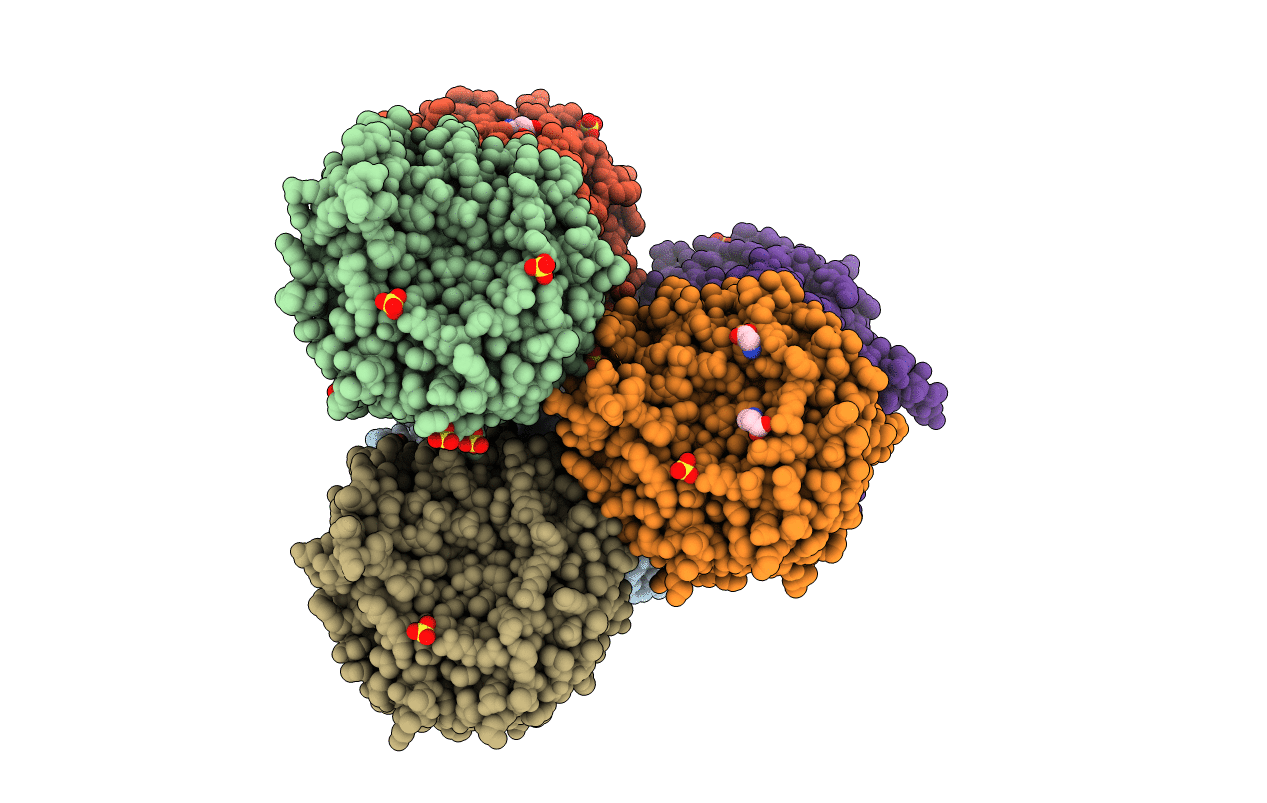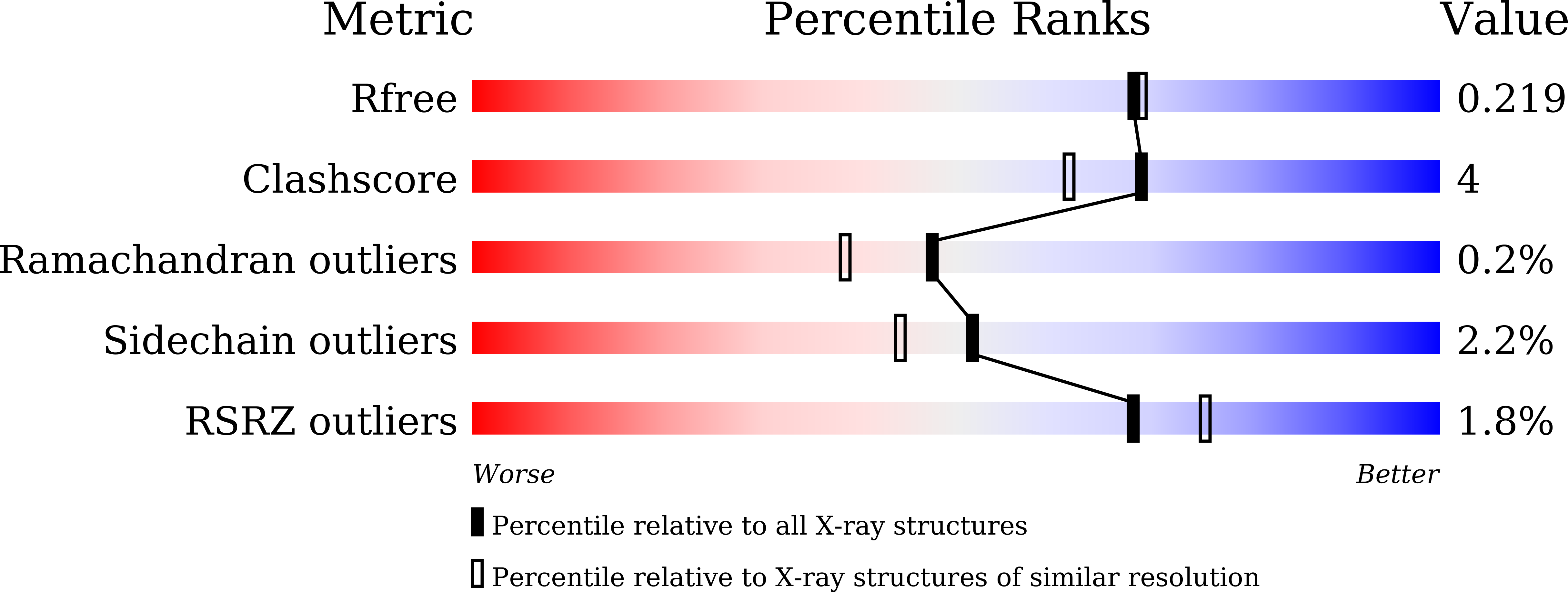
Deposition Date
2019-11-05
Release Date
2020-11-11
Last Version Date
2024-03-27
Entry Detail
Biological Source:
Source Organism:
Acidithiobacillus ferrooxidans (Taxon ID: 920)
Host Organism:
Method Details:
Experimental Method:
Resolution:
1.95 Å
R-Value Free:
0.21
R-Value Work:
0.17
R-Value Observed:
0.17
Space Group:
P 32


